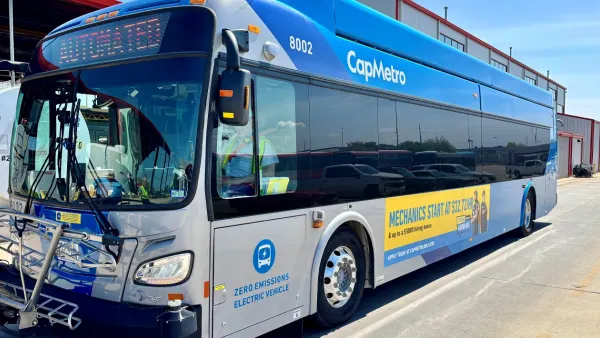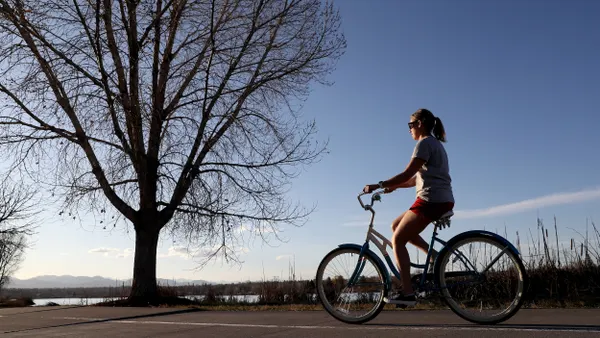Dive Brief:
- To celebrate International Women's Day last Friday, safety app Safe & the City launched its new and improved version. The app launched on International Women's Day in 2018.
To celebrate #IWD2019 and our 1st birthday ???? ✨Safe & The City has created a New and Improved V2.0 to #CreateSaferSpaces with our newest partner @UNWomenUK https://t.co/5lcEzqr1qn
— Safe & The City (@safeandthecity) March 8, 2019
Each one of our walks and... https://t.co/vTxk6r31nD - The app uses GPS, police crime data and crowdsourced user data to help pedestrians safely navigate urban areas, with a focus on women users. In addition to a new look, the app now has improved, turn-by-turn directions, greater accuracy, police station locations and more businesses that identify as "Safe Sites," where users can go if they need support, according to TechCrunch.
- The app currently is focused on London but developers reportedly desire to expand the service globally.
Dive Insight:
Traditional navigation systems are designed for convenience and to get users to a destination in the least amount of time. At least initially, these systems were primarily designed for vehicle navigation, although transit- and pedestrian-centric options continue to emerge.
But until now, options have been lacking for navigation users who prefer to find routes to their destinations based on factors other than speed and convenience. Safe & the City users not only can use the app to find a safe route to their destinations, but they can also be part of the crowdsourced information that improves the app's functionality. For example, users can rate their walk route for its overall safety, lighting and the trustworthiness of surrounding people, plus they can report incidents of harassment or assault.
The app also gives users notifications when approaching intersections known to be of higher risk for crime to prompt the user to become more alert. Another safety feature offers the locations of "Safe Sites," where app users can go to find people who are trained to help in an emergency.
The site notes that despite their prevalence, harassment and assault are among the most underreported crimes. Safe & the City is useful for users of all demographics, but it is especially aimed at women because that sector of the population is more likely to experience harassment or assault while walking alone. More attention is being paid to the fact that women frequently alter their mobility patterns because of concerns about safety.
For example, a study from researchers at New York University's Rudin Center for Transportation found that safety concerns prompt women to alter their transportation plans, and that causes women to spend an average of $26 to $50 more per month on transportation. 75% of female respondents in that survey had experienced harassment or theft on public transportation, compared with 47% of male respondents.
Tools such as Safe & the City empower users to continue with their chosen mobility mode — in this case, walking — by optimizing data gathering and sharing that can improve users' safety.











